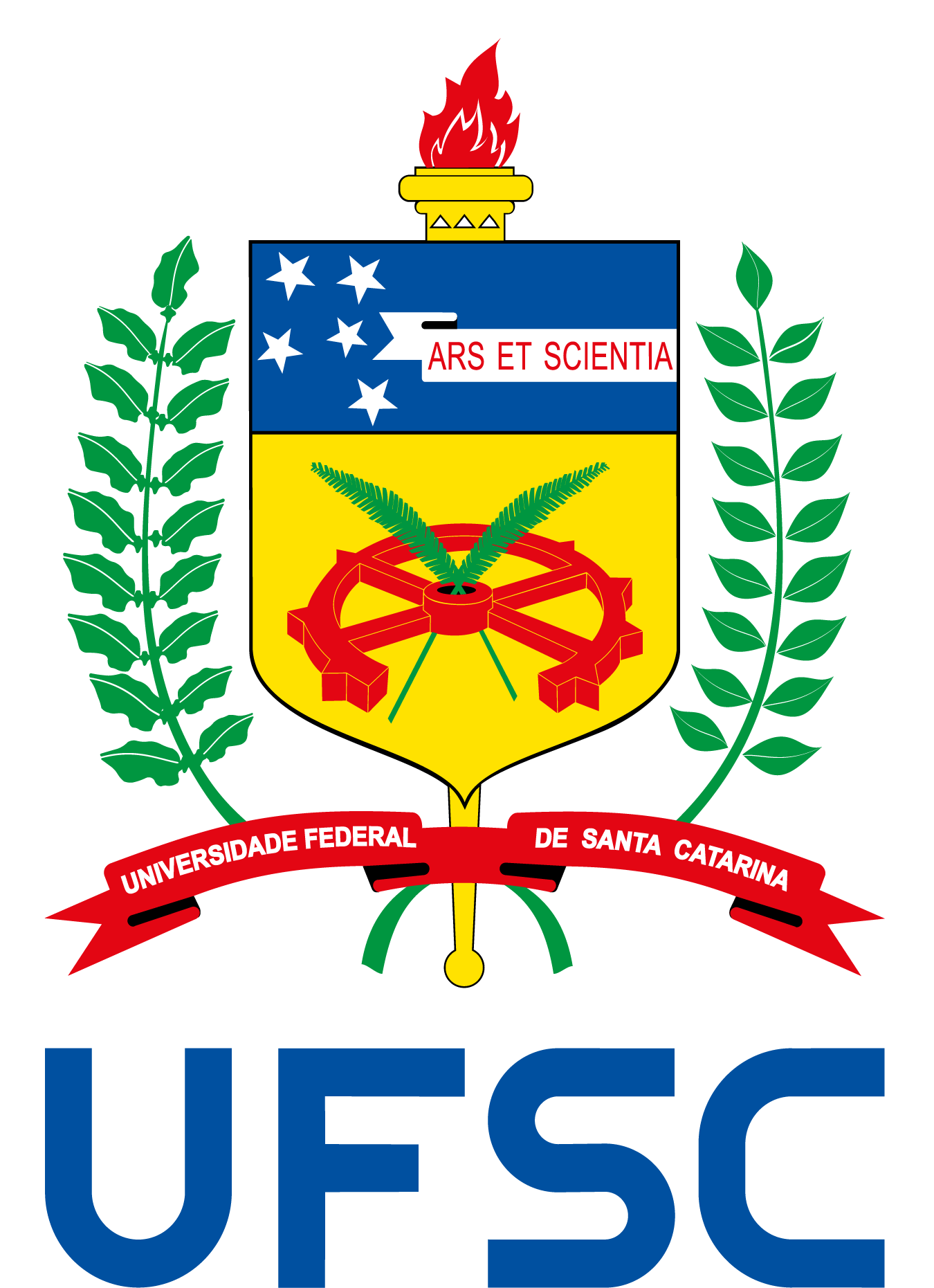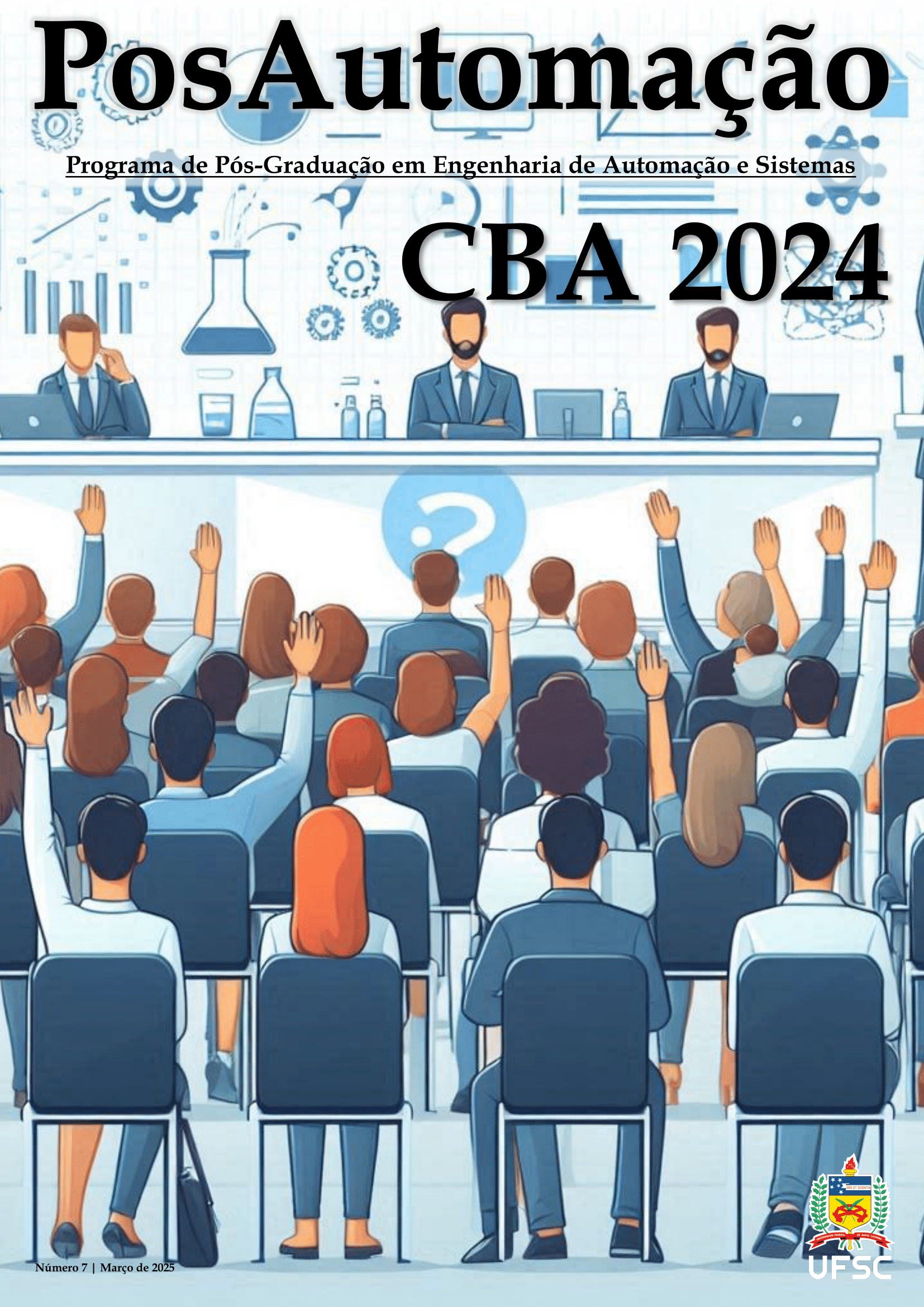Courses
[website being updated]
General Information on PosAutomação Courses:
- All courses are elective with the exception of Scientific Methodology, which is compulsory.
- All courses are offered to master’s and doctoral students.
- All courses belong to the general area of Control, Automation and System.
- The credits of all courses correspond only to the theoretical work load.
- Not all courses are offered in all academic semesters.
List of Courses:










